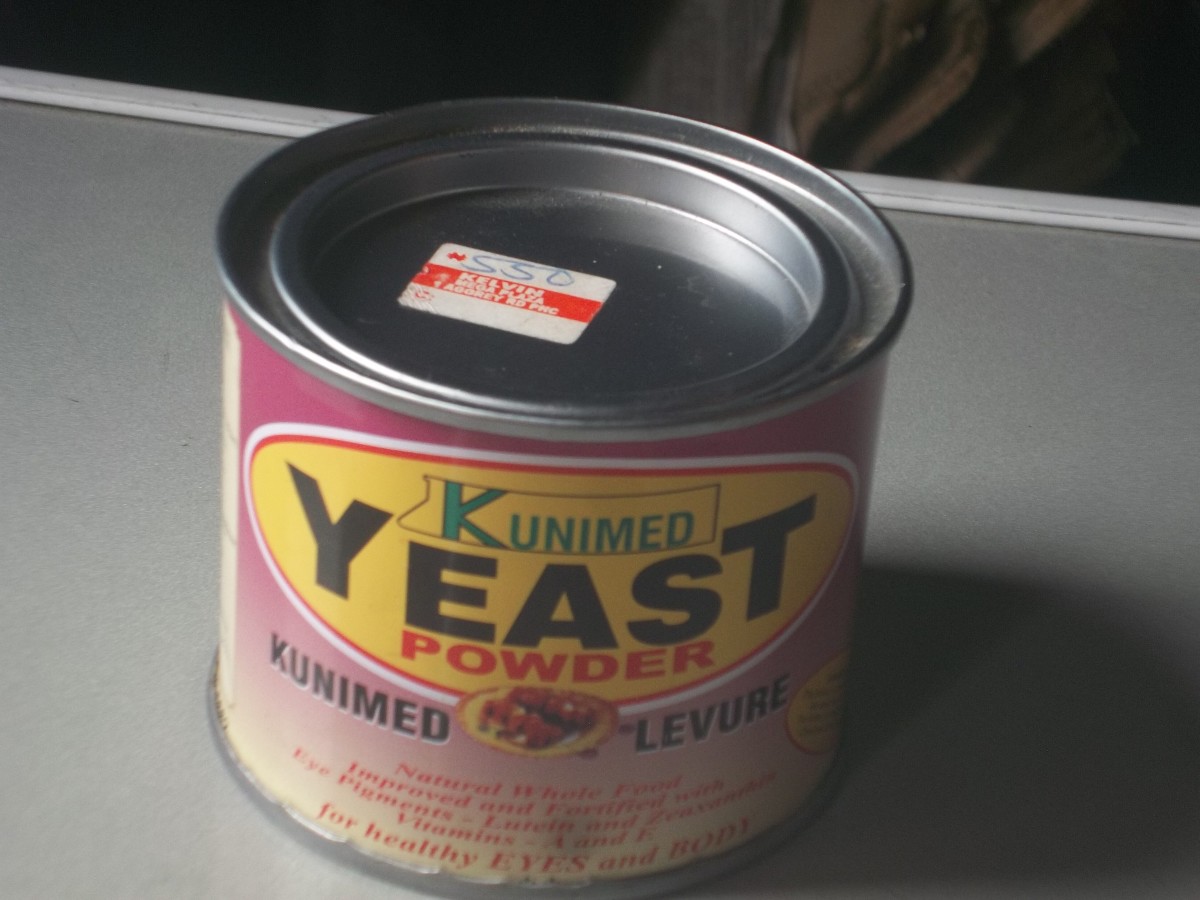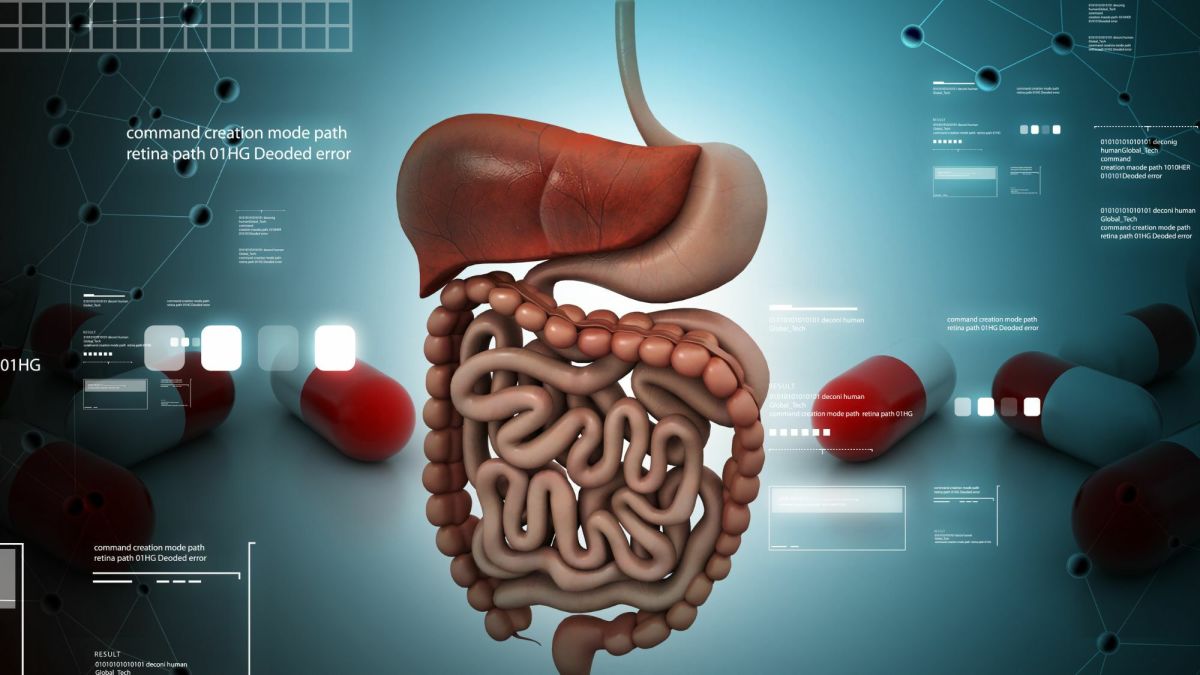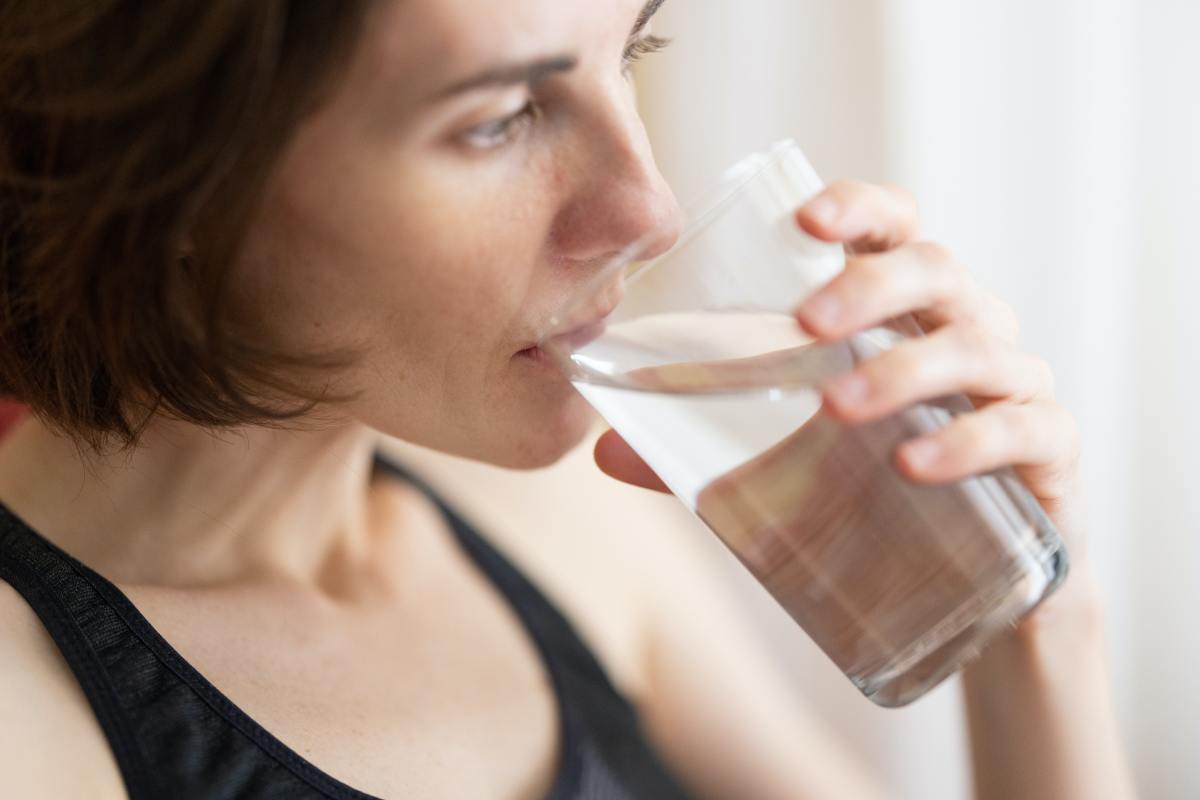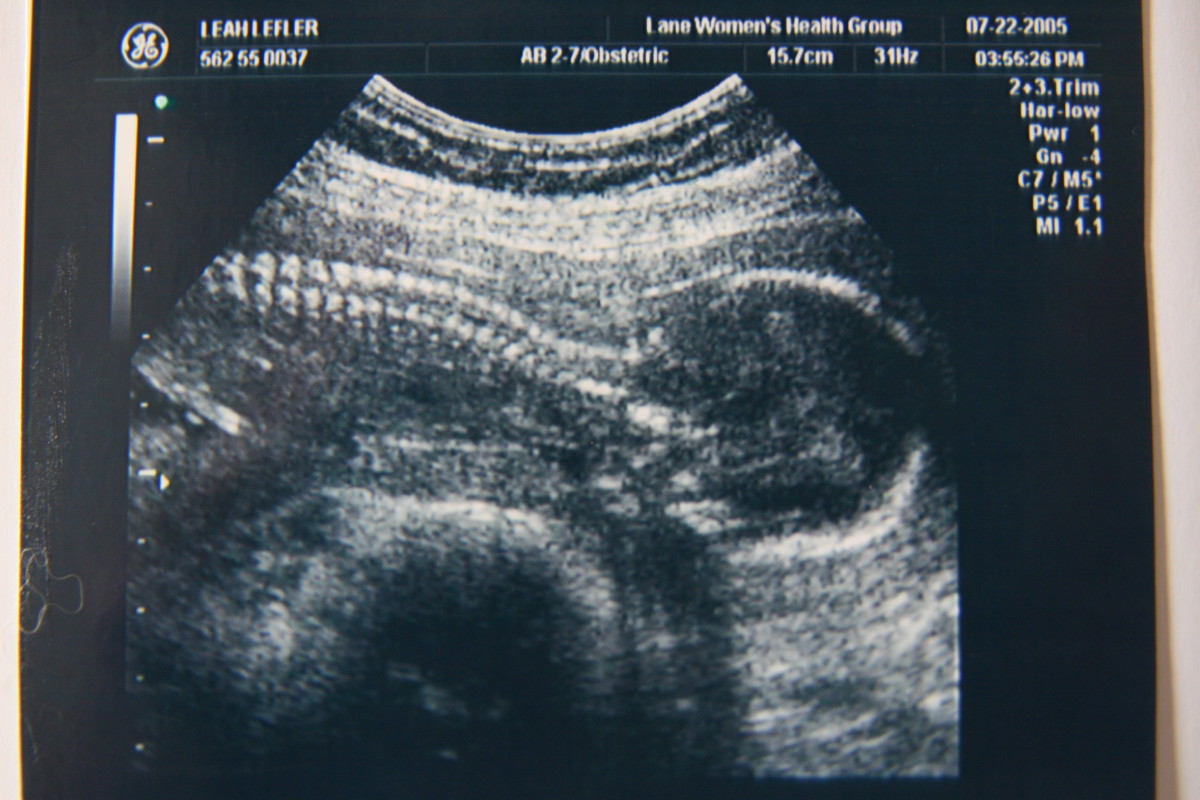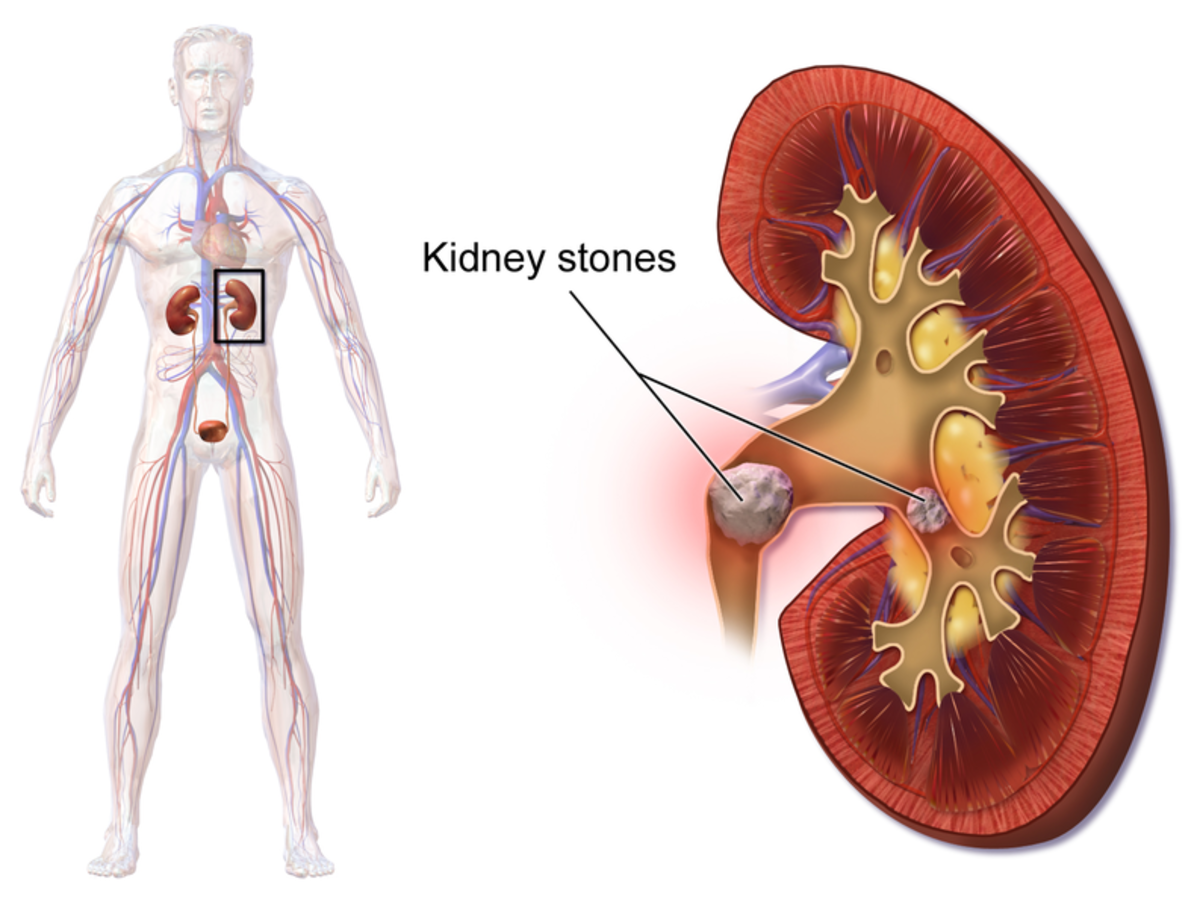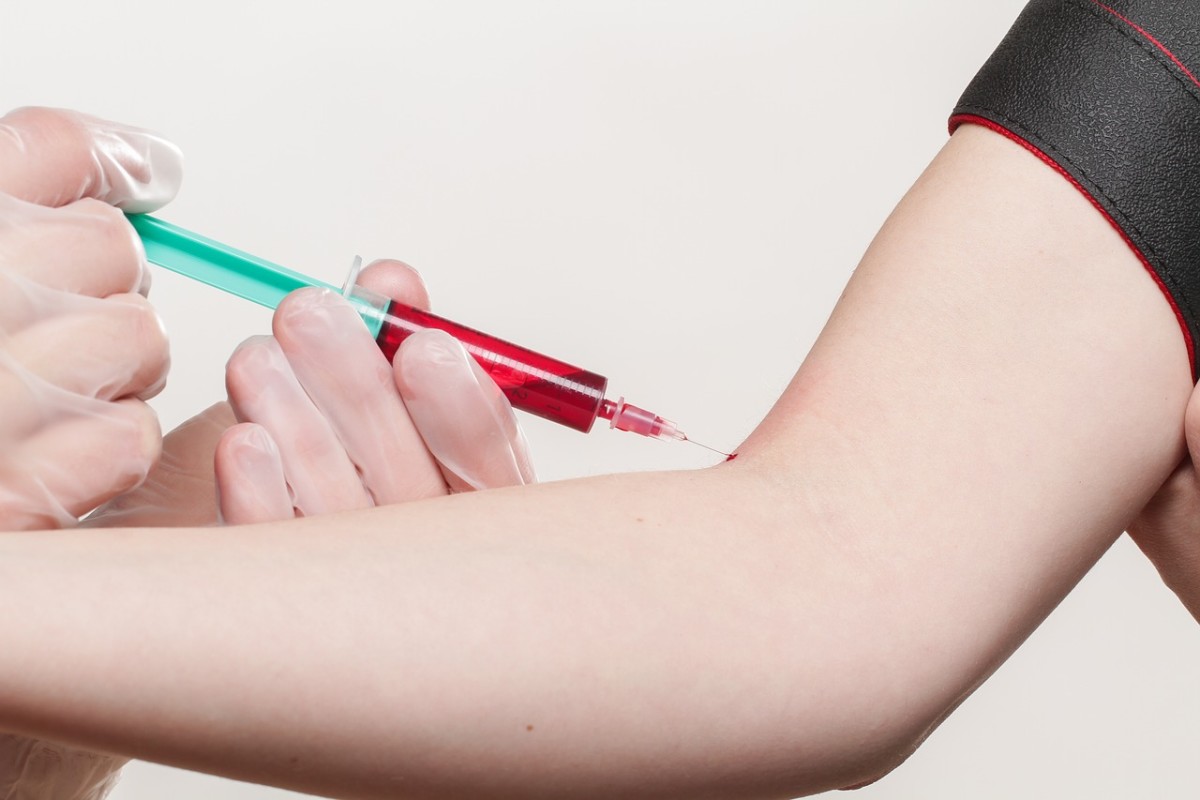Digestive System Review
Digestion System
Digestion
Breaking of food particles into smaller and smaller molecules (monomers).
- Specialized digestive enzymes are needed.
- These monomers will then be absorbed and then utilized for fuel, structural elements or stored for later use.
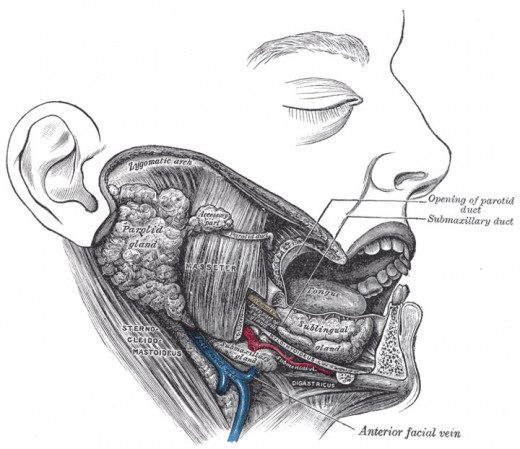
The Journey of Digestion
The Mouth
Mechanical Digestion
- Oral cavity with teeth
- Different teeth : Different functions
Chemicals in the mouth begin the digestion of carbohydrates
- Salivary glands secrete the enzyme salivary amylase which breaks down starches into disaccharides.
- Cleaves internal α-1,4 linkages of starches. (Amylose and amylopectin)
Deglutition:
“Swallowing”
The tongue pushes a bolus of food to the soft palate
- This initiates swallowing
- Then the food passes into the esophagus.
- Food is kept out of the trachea by the epiglottis.
Esophagus
The esophagus is comprised of skeletal muscle and smooth muscle.
Skeletal muscle
- Coordinates the swallowing reflex.
Smooth muscle
- Pushes the food toward the stomach via peristalsis.
Peristalsis: waves of coordinated smooth muscle contractions.
Esophagus and Stomach: Sphincters
A sphincter:
- A ring of muscle.
The lower esophageal sphincter
- Located at the junction of the esophagus and the stomach.
- Prevents food from moving backward into the esophagus.
The pyloric sphincter
- Located at the junction of the stomach and the small intestine.
- Controls the passage of food into the intestine.
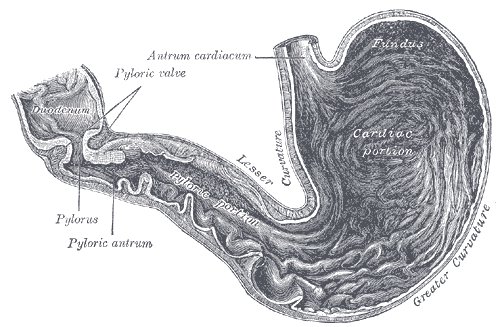
Stomach
Stomachs are muscular storage chambers that allow for gradual digestion.
- It churns via muscular contractions in order to mix food with digestive juices.
- The digestive juices are produced and secreted by specialized cells that line the organ.
Gastric pits in the stomach are lined with three types of secretory cells:
Chief cells
- Secrete pepsinogen
- The inactive form (zymogen) of pepsin.
- Pepsinogen is ‘activated’ by HCl
Parietal cells
- Secrete HCl
- Mucus-secreting cells
- Which protect the stomach from the low pH.
Protein Digestion
Begins in the stomach
Entry of food into the stomach stimulates the gastric mucosa to secrete the hormone gastrin (g-cells).
This stimulates the secretion of:
- HCl –hydrochloric acid: Denatures the proteins 3D structure making the peptide bonds of the 1° structure more accessible to enzymes.
- Pepsin: Cleaves the peptide bonds of certain amino acids to make short polypeptides.
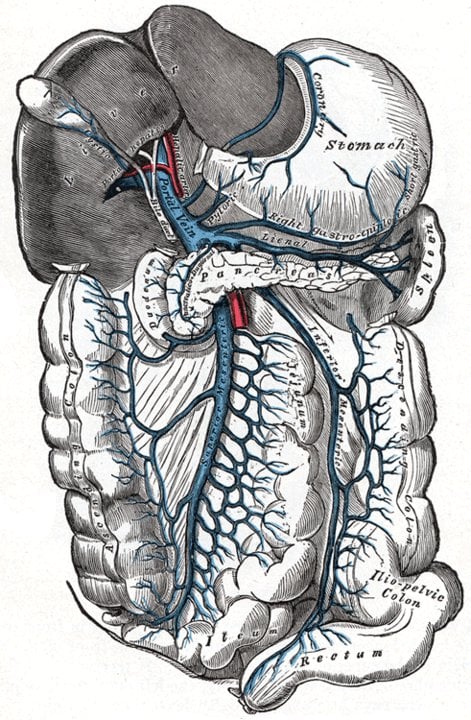
Off to the Small Intestines...
This mixture of gastric juice and partly digested food is called chyme.
- So far we have partially digested starches and proteins.
Now the stomach walls contract and move the chyme to the bottom of the stomach.
- Here the pyloric sphincter allows small amounts to enter the small intestine.
The small intestine has three sections:
Duodenum
- The first section
- Primary intestinal site of digestion.
- Secretions from multiple digestive organs enter the duodenum.
Jejunum
- The middle section.
- Site of absorption.
ileum
- The last section.
- Also a site of absorption.
Accessory organs associate with the small intestine at the duodenum:
- Liver
- Pancreas
- Gall bladder
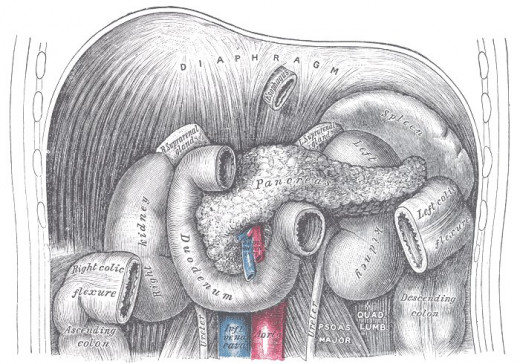
Pancreas
The pancreas is an endocrine and exocrine gland.
Endocrine functions include hormone release:
Insulin
- Released when blood sugar is high
Glucagon
- Released when blood sugar is low
Exocrine functions include:
Secretions into the duodenum
- Digestive enzymes for protein, fat and carbohydrate digestion.
- Bicarbonate secretion
- Increases the pH of the chyme
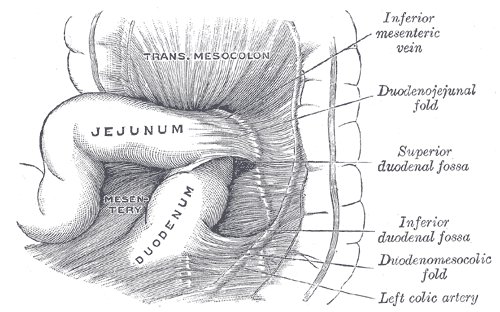
Back to Digestion
In the duodenum:
The acidic chyme is released into the duodenum this stimulates the release of the hormone secretin.
- Secretin will stimulate the exocrine pancreas to release bicarbonate.
- Bicarb will increase the pH of the chyme.
Then..
The hormone cholecytsokinin (CCK) will be released
CCK will stimulate:
- The exocrine pancreas to release digestive enzymes.
- Contraction of the gall bladder. (This is important for fat digestion….)
Pancreatic Protein Digesting Enzymes
Protein digesting enzymes
- Chymotrypsin
- Trypsin
- Carboxypepsidase
All three will continue to digest proteins by hydrolyzing peptide bonds.
- Until all that is left is amino acids.
- Remember that protein digestion began in the stomach with HCl and pepsin
Pancreatic and Duodenal Carbohydrate Digesting Enzymes
Pancreatic amylase
- Will continue to hydrolyze the glycosidic bonds of starches.
- Until we are left with disaccharides.
Disaccharidases (‘brush border enzymes’)
- Located in the mucosa of the duodenum.
- Maltase, lactase, sucrase.
All we are left with now are monosaccharides.
- Glucose, fructose, galactose.
Protein and Carbohydrate Digestion Complete!
The resultant amino acids and monosaccharides will be transported (absorbed) through the intestinal epithelium.
Utilizing sodium co-transporters:
- They combine the monomers with Na+ as it diffuses.
- Monomers then enter the villus circulation and then the liver for further modifications.
Everyone to the Liver!!
Liver cells (hepatocytes) absorb nutrients and will:
Convert them for use or storage
- Amino acids and other monosaccharides can be converted to glucose via gluconeogenesis
- To make ATP or Liver glycogen
Send them off for use or storage
- To make ATP, Muscle glycogen or fat
Detoxify any potential deadly substances that come through the digestive tract.
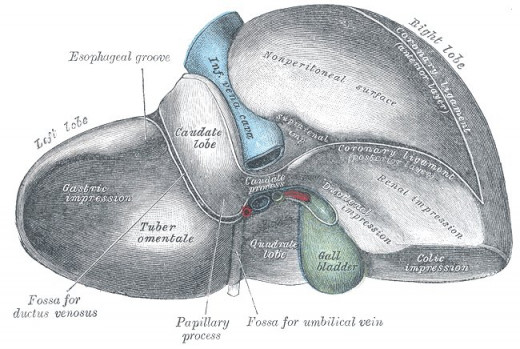
Where the Fats at?
Dietary fats are first broken down into micelles (smaller fat droplets) by bile.
Bile is synthesized from cholesterol in the liver and stored in the gall bladder.
- Fat entering the duodenum signals the gallbladder to contract.
- Via CCK
- It is then released and flows via the common bile duct to the duodenum.
Then pancreatic lipase breaks down the triglycerides of the micelles into its monomers
- Fatty acids and glycerol.
Fatty Acids
Diffuse through the intestinal mucosa
Reassemble into triglycerides
Get packaged with proteins and cholesterol: Chylomicrons
- Will enter the lymphatic system via the lacteals
- Then the bloodstream to their target tissue.
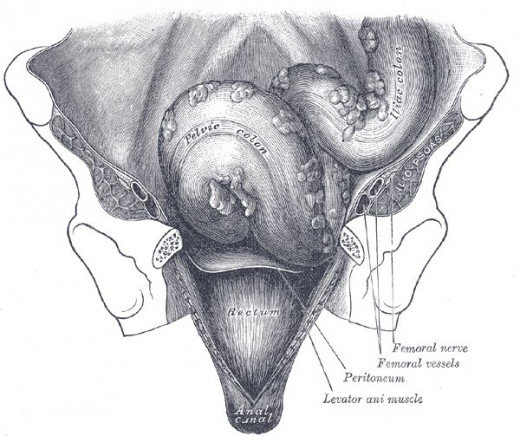
The Large Intestine
What ever is not digested or absorbed in the SI passes into the large intestine, or colon.
- The colon absorbs water and ions and produces feces.
- Feces are comprised of bacteria, water and undigested foodstuff.
- Too much water absorption in the colon leads to constipation
- Too little leads to diarrhea.
Feces will be ‘stored’ in the rectum and evacuated via the anus.
More Study Material:
- Urinary System Review
A review of the urinary system in mammals. - Nervous System Review
A helpful review guide of the Nervous system. Includes concepts from the spinal cord to the structure and function of the brain.

